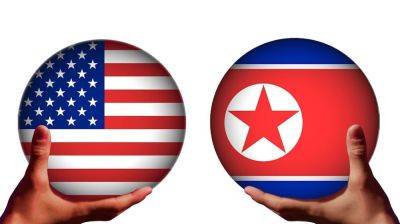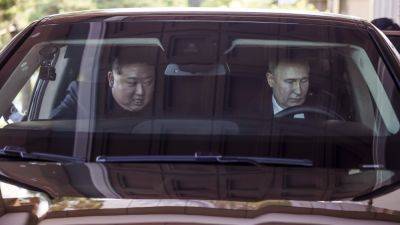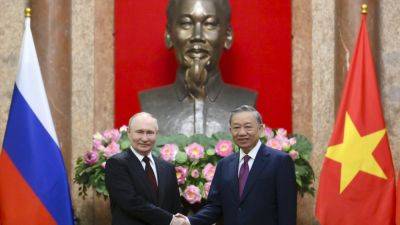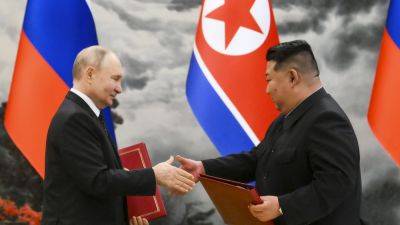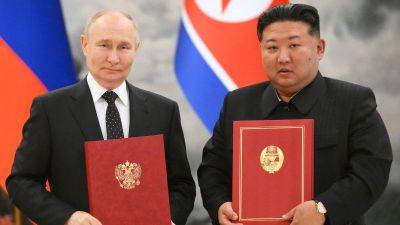Kim Jong Un’s new line more bark than bite
This is part two of a two-part series on the implications of North Korea’s recent official change of stance toward South Korea, and is adapted from the author’s recent chapterin Comparative Connections: A Triannual E-journal of Bilateral Relations in the Indo-Pacific.
Barely a fortnight after the December Workers’ Party of Korea Plenum ended, many of the same people were recalled to Pyongyang for the 10th Session of the 14th Supreme People’s Assembly (SPA) on January 15. This year’s meeting of North Korea’s rubber-stamp parliament was grandly titled: “On the Immediate Tasks for the Prosperity and Development of Our Republic and the Promotion of the Wellbeing of Our People.”
As that suggests, like at the plenum the focus was once again on economic policy. Yet, addressing the SPA, Kim began with a warning about the worsening security environment. This included a sideswipe at Seoul:
Kim now acknowledges this other state as a fact – but seems not to accept its right to exist.
Military threats loomed large in Kim’s SPA speech. He reiterated the DPRK’s longstanding non-recognition of the Northern Limit Line (NLL), the de facto maritime border in the West/Yellow Sea:
“As the southern border of our country has been clearly drawn, the illegal ‘northern limit line’ and any other boundary can never be tolerated, and if the ROK violates even 0.001mm of our territorial land, air and waters, it will be considered a war provocation.”
Kim then moved on to revising the constitution. He pronounced himself vexed that the ROK constitution lays claim to the whole peninsula, whereas the DPRK’s has no such provision. Therefore “it is necessary to take legal steps to legitimately and correctly define the territorial sphere where the sovereignty


